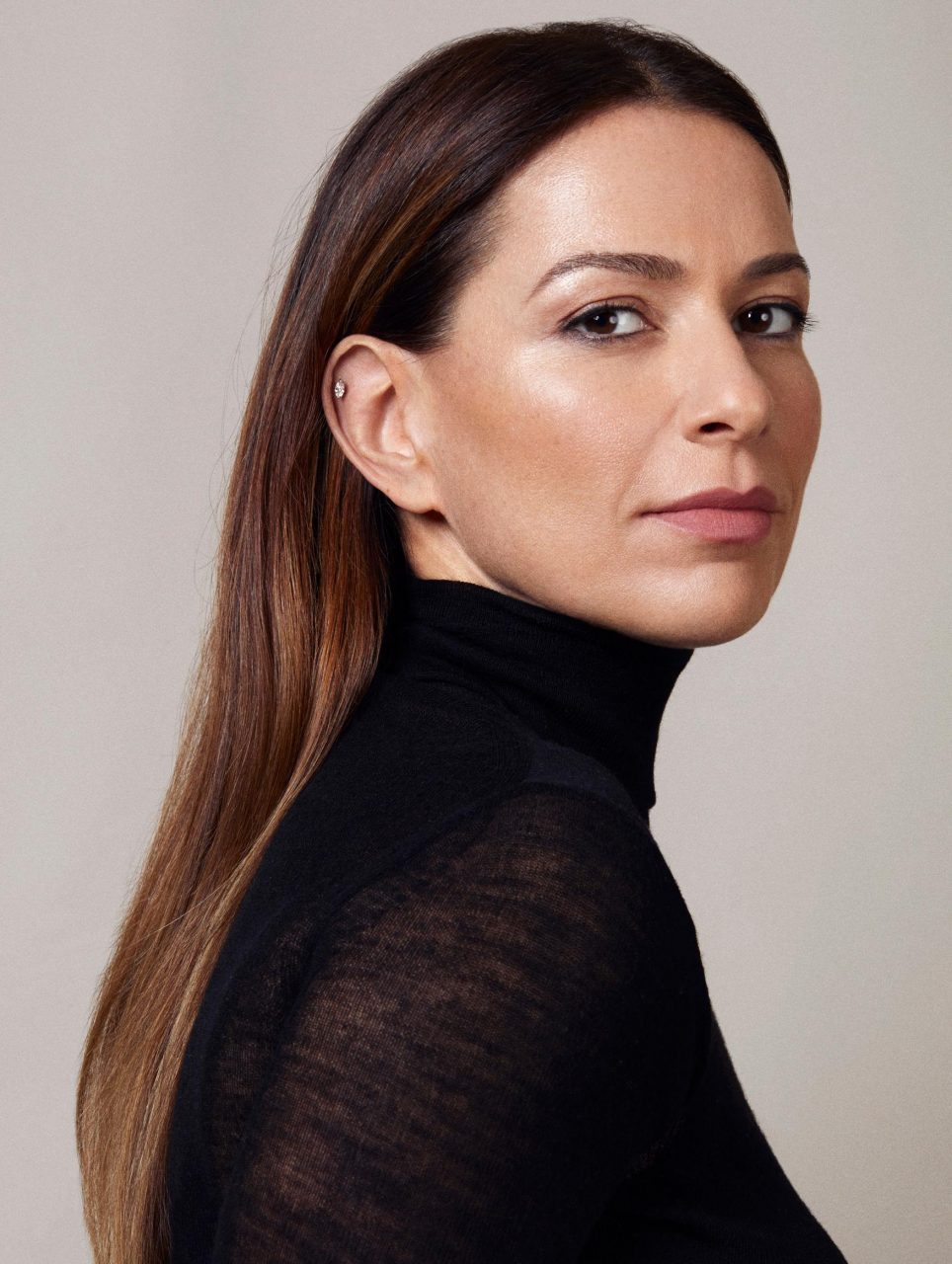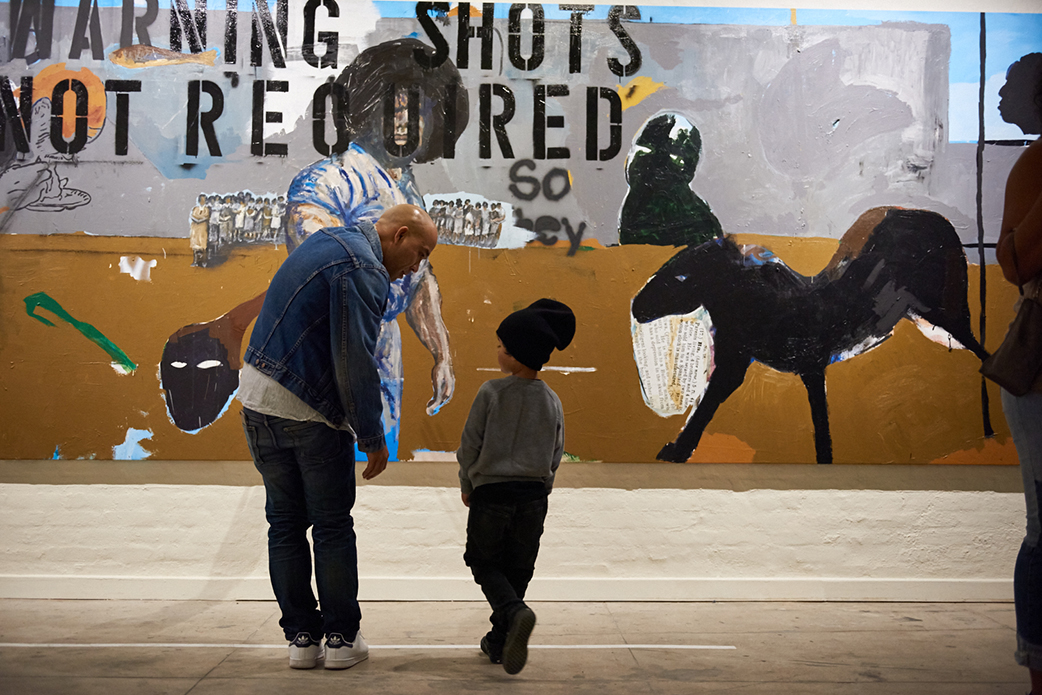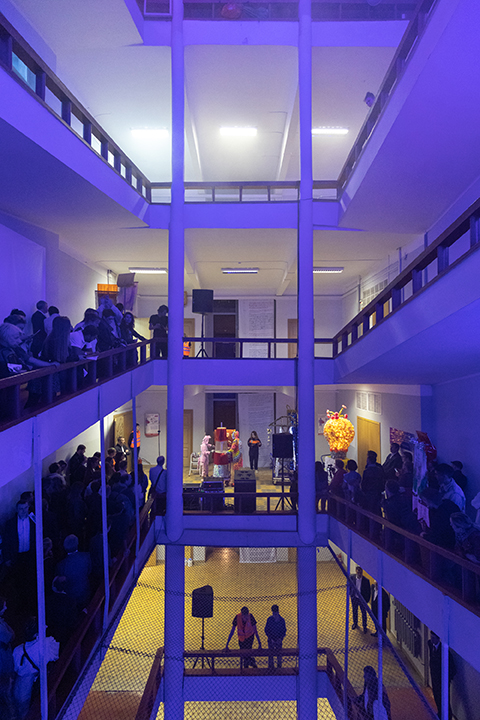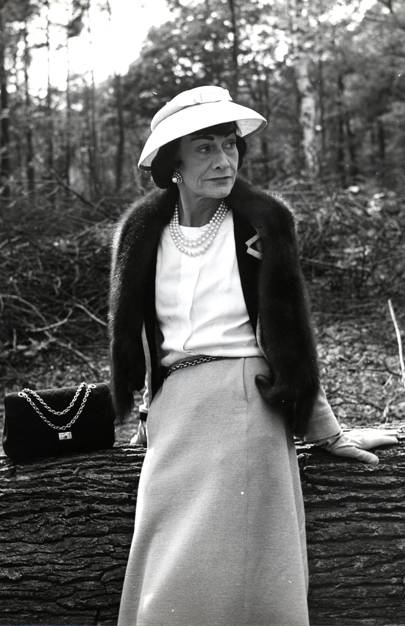Cindy Sherman Private View at the National Portrait Gallery
《Vogue》HK: Congratulations on the launch of the Chanel Culture Fund. What was the key motivation behind it? And, why now?
Yana Peel: It was an initiative that we launched when thinking about a post-pandemic cultural reset and what would extend the culture and patronage of the arts for Chanel. It’s a patronage that’s really 100 years old thanks to our founder Gabrielle Chanel, who of course supported Stravinsky’s The Rite of Spring in 1921, and had this great artistic circle around her and this bold ability to drive innovation. Coming into this role, I thought what can we do to really extend Chanel’s commitment to celebrating, convening and supporting across the arts. This fund became a way to extend the legacy of patronage but also to help us imagine what matters most and what’s coming next across the arts.
《Vogue》HK: How has Chanel’s rich cultural heritage inspired the fund?
Yana Peel: As a house, there’s so much commitment to the arts, whether that’s across dance, film, or literature, as seen in our ambassador Charlotte Casiraghi’s new literary salons. But what I thought was really exciting was leaning into that moment of human potential and thinking about what it is about Chanel that is distinct, what can we do as an independent company that’s really committed to this freedom of creation, that cultivates human potential and looks to have a positive impact in the world. From that came this idea of celebrating the individual by extending the same freedom of creation that we give to the creatives within our divisions to the broader community and realising that there’s so much knowledge exchange to be gained from all of these stakeholders and communities where the arts need to thrive around the world. What we really want to do with this initiative is to create conditions for creators to dare, despite whatever challenges there may be, in order for art and artists to continue to thrive.
《Vogue》HK: This past year has certainly sparked a cultural reset. How do you feel that the art world has been most significantly affected and what positives can you draw from this time?
Yana Peel: Much has been lost but things have been gained as well. There’s been amazing digital innovation – Art Basel Hong Kong, for example, probably wouldn’t have happened if there hadn’t been this great urgency to work in a “phygital” way, offering a digital opportunity to a broader audience. There’s been amazing innovation in terms of how one reaches out to an audience when they can’t physically come together, with moving images, and artists having the ability to own their own channels. So I think when we all come back together, there will be this amazing blend of digital and physical. I think, also, we’ve all had to honour how much incredible culture is created locally, and what’s interesting about the federated model of the CHANEL Culture Fund is the way in which it tries to celebrate the distinction that’s happening on the ground. I think we’ve had this moment to pause but also to accelerate and so, while it’s been very sad to see the museums and theatres close, it’s also been amazing to watch how artists have led us towards the light.
《Vogue》HK: The fund comprises The Chanel Next Prize, championing 10 creators across the arts. What will you be looking for from this pool of talent?
Yana Peel: It’s interesting because, when we did the Chanel Connects podcast series with some very established creators, we realised that what we needed in this moment was to have an open space. That is often difficult to create financially so we thought, why don’t we create it for game-changers and pathmakers of any age, any discipline, any gender. The idea is that they get financial support for an unrealised project – 100,000 Euros to help with the projects that will show us the way forward. The artists could cover film, performing arts, game design – there’s really no limitation. We’re really excited to think about who those 10 individual prize winners could be, and to just support without looking for anything back. Among our nominators for the Next Prize, we’re digging into our amazing friends and advisors from Hong Kong to identify the city’s path-breakers who could merit one of the 10 prizes.
《Vogue》HK: How will fashion play a part in the fund?
Yana Peel: Of course, fashion is one of the divisions upon which our house thrives. The designers have their own freedom of creation, with the great vision of Virginie Viard empowering women and championing broad voices. At the heart of the fashion creativity is the six shows a year and I’m so impressed by the amazing rhythm and innovation that comes from them, and the fund is really an extension of this, focusing on how we can give this kind of an opportunity to cultural creators across performing and visual arts.
《Vogue》HK: Does the art patronage function independently from the fashion house?
Yana Peel: We work collaboratively with our colleagues across the House to support arts and culture initiatives as one House, extending our heritage of cultural commitment to imagine the next.
《Vogue》HK: Chanel is partnering with a number of the world’s leading cultural institutions. What is its vision for this and could you outline any of the exciting projects being brought to life?
Yana Peel: At the National Portrait Gallery, we have Chanel Curator for the Collection Dr Flavia Frigeri leading a team looking at representation and diversity in storytelling at the oldest portrait gallery in the world, ensuring that there’s a really global mindset that we at Chanel are so proud to champion. In Moscow, where the Renzo Piano-designed GES-2 museum opens at the end of the summer, we’re thinking about the next generation of female Russian artists, filmmakers, and theatre directors. The Centre Pompidou’s renovation will focus on sustainability, urbanism and ecology, which is really at the core of everything we’re thinking about at Chanel in terms of our commitment to people, to women, to the planet. It’s about how cultural leaders are really thinking about how creators will drive these vital messages forward. At the Underground Museum, a centre of black excellence in Los Angeles, we’re focusing on how we’re defining the next generation of cultural producers, with The Noah Davis Prize.
What’s important for us at Chanel is to be humble and to enter these spaces in a spirit of knowledge exchange and to really just try to think about what is needed, what is meaningful, and what’s transformational. Our strategy is about how we can support others in celebrating their superpowers.
《Vogue》HK: At what point did the house of Chanel decide to appoint someone to oversee art and culture?
Yana Peel: I feel so happy that the role was created and that I was approached to extend the brand’s cultural heritage, to imagine the next and to drive this step in the extension of our networks with amazing cultural creators. It’s a very natural extension in terms of looking at where the house has been on its journey. For me, it’s the most amazing platform for bridging the knowledge, passion and creativity of this beautiful brand with the community of artists that I’ve had the pleasure and privilege of working with for decades. Our commitment is longstanding and it’s global and it’s just getting started. It’s a three year commitment to the institutions. It will be very innovative and partner-led and open to, as Gabrielle Chanel would say, “that which is born to happen next.” I think the really exciting dimension here is how global our world is now and how much we’re excited to be having this conversation, to be drawing on the knowledge of our friends from every continent, except Antarctica. There’s a commitment to learning and appreciation, leaning into long-term commitments and allowing that open space.
《Vogue》HK: You have been based in Hong Kong in the past. How has the city’s art and culture influenced or inspired your work?
Yana Peel: During my time in Asia, I had the privilege of seeing and learning and participating in some of the most amazing institutions – the Asia Art Archive, the Spring Workshop, Parasite – and the essential ecosystem of the fairs that really drove so much of that appreciation and knowledge from 2009, when I was there. It was amazing to be in that community, to see those great leaders running those institutions and to witness the evolution of communities that I think have been solidified by this pandemic. I feel like with the arts community in Hong Kong, there’s just so much excitement about that exchange of the world into Hong Kong and from Hong Kong into the world so it’s very exciting for me to have people from Chanel on the ground in Hong Kong and China and to always be learning and connecting. I check back in with the network that I was lucky enough to make during my time in Asia, to see how we can be mutually helpful to each other as we figure out the best path forward in a very tailored way. Because I have the benefit of those friendships and experiences, it’s very organic to be listening and learning and responding in a way that is quite sensitive and specific to the individual needs.
In terms of what we’re planning to do in Asia, we’re very much in touch and excited about M+, we’re excited about the State Theatre, we’re excited about Art Basel, and so it’s wonderful working at Chanel, with its amazing network of people across the region, to establish a dialogue and a constructive path on which we can share cultural ideas.







